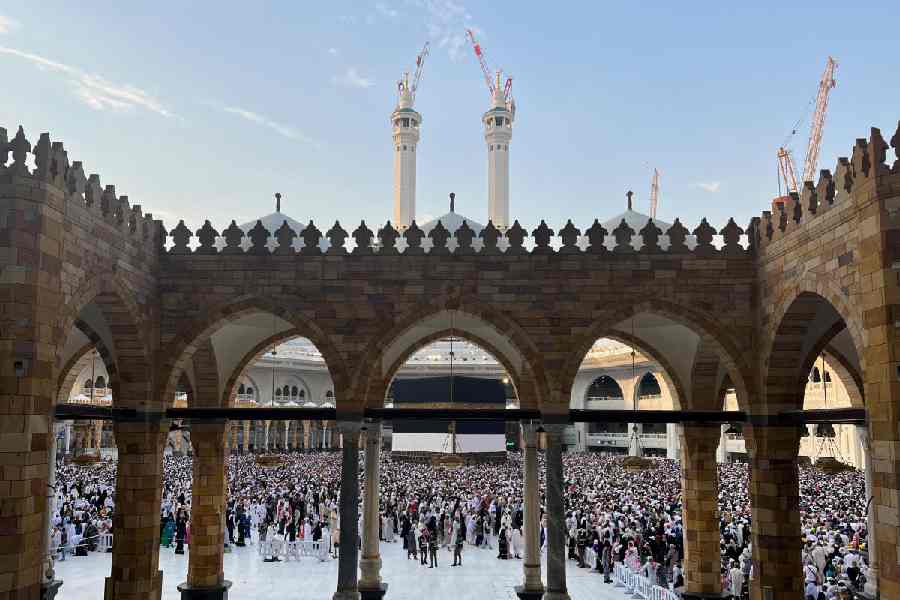More than 1,300 people died making the Islamic pilgrimage of Haj in Saudi Arabia this month, the vast majority of whom the Saudi government said did not have permits. Many walked for kilometres scorching heat after paying thousands of dollars to illicit tour operators.
While pilgrims with permits are transported around the holy city of Mecca in air-conditioned buses and rest in air-conditioned tents, unregistered ones are often exposed to the elements. In recent days, as temperatures surpassed 49° Celsius, some pilgrims described watching people faint and passing bodies in the street.
On Sunday, in an interview on state television, the Saudi health minister, Fahd bin Abdurrahman Al-Jalajel, said that 83 per cent of the 1,301 reported deaths involved pilgrims who lacked permits.
“The rise in temperatures during the Haj season represented a big challenge this year,” he said. “Unfortunately — and this is painful for all of us — those who didn’t have Haj permits walked long distances under the sun.”
Al-Jalajel’s remarks came after days of silence from the Saudi government over the fatalities, an arduous and deeply spiritual ritual that Muslims are encouraged to perform at least once in their lifetimes if they can.
With nearly 2 million participating each year, it is not unusual for pilgrims to die from heat stress, illness or chronic disease. It is unclear if the number of deaths this year was higher than usual, because Saudi Arabia does not regularly report those statistics. In 1985, more than 1,700 people died around the holy sites, most of them from heat stress, a study at the time found.
But because so many of those who died had no permits, this year’s toll exposed an underworld of illicit tour operators and smugglers who profit off Muslims desperate to make the journey.
The deaths also laid bare what appeared to be a failure of Saudi immigration and security procedures aimed at preventing unregistered pilgrims from reaching the holy sites, including a security cordon around Mecca that locks down weeks before Haj.
Despite those efforts, an estimated 400,000 undocumented people tried to perform the pilgrimage this year, a senior Saudi official told AFP, speaking on the condition of anonymity.
In interviews with The New York Times, however, Haj tour operators, pilgrims and relatives of the dead described easily exploited loopholes that allow people to travel to the kingdom with a tourist or visitor visa before Haj. Once they arrive, they find a network of illegal brokers and smugglers who offer their services, take their money and sometimes abandon them to fend for themselves, they said.
The number of unregistered pilgrims appeared to have been driven up this year by rising economic desperation in countries such as Egypt and Jordan. An official Haj package can cost more than $5,000 or $10,000, depending on a pilgrim’s country of origin — far beyond the means of many hoping to make the trip.
On Friday, the President of Tunisia, which counted more than 50 pilgrims among the dead, fired the country’s religious affairs minister. In Jordan, which recorded the deaths of at least 99 pilgrims, the public prosecutor opened an investigation into illegal Haj routes.
New York Times News Service











